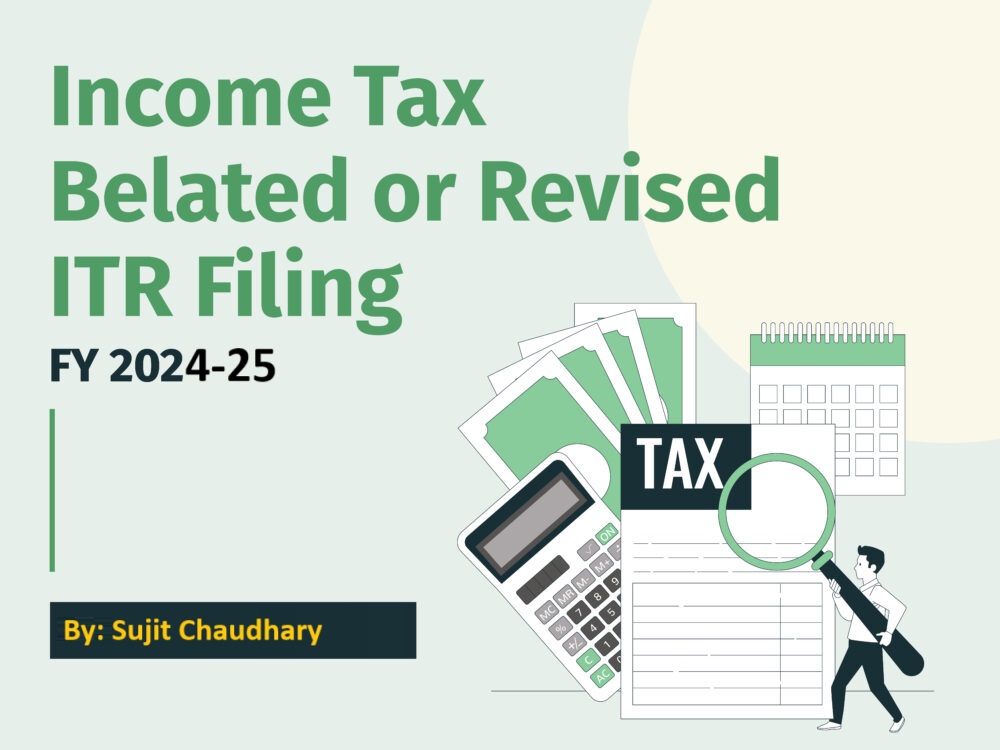House Rent Allowance (HRA) is a component of a salaried individual’s salary package, provided by employers to cover rental expenses. It is an important tax-saving element under the Income Tax Act, 1961, allowing employees to claim deductions on rent paid.
This article explains HRA, how to claim it, applicable income tax sections, and its advantages.
What is HRA? (Full Form and Meaning)
HRA Full Form: House Rent Allowance
HRA is an allowance paid by employers to employees who live in rented accommodation. The amount of HRA varies based on salary, city of residence, and employer policies.
Eligibility for HRA
To claim HRA, you must meet the following conditions:
- Salaried Employee: HRA is available only to salaried individuals receiving HRA as part of their salary.
- Rent Paid: The employee must live in a rented house and provide rent receipts.
- House Owner: The house should not be owned by the employee. However, rent paid to parents is allowed.
How to Claim HRA?
Steps to Claim HRA
- Check Salary Breakdown
Ensure that your salary slip mentions HRA separately.
- Calculate Exemption Amount
The lowest of the following three amounts is eligible for exemption:
Actual HRA received from the employer.
50% of salary (for metro cities) or 40% of salary (for non-metro cities).
Actual rent paid – 10% of basic salary.
- Submit Rent Receipts and Agreement
Provide rent receipts and rental agreement to the employer for tax deduction.
- File Income Tax Return (ITR-1 or ITR-2)
If HRA exemption is not considered by the employer, claim it while filing ITR under Section 10(13A).
Sections of the Income Tax Act for HRA
HRA Calculation Example
Example: A salaried employee in Mumbai (Metro City) receives:
Basic Salary = ₹50,000/month
HRA Received = ₹20,000/month
Rent Paid = ₹18,000/month
HRA exemption will be the lowest of:
- Actual HRA received = ₹20,000 × 12 = ₹2,40,000
- 50% of Salary (Metro City) = ₹50,000 × 50% × 12 = ₹3,00,000
- Rent Paid – 10% of Salary = (₹18,000 × 12) – (10% of ₹50,000 × 12)
₹2,16,000 – ₹60,000 = ₹1,56,000
HRA Exemption = ₹1,56,000
The remaining ₹84,000 (₹2,40,000 – ₹1,56,000) is taxable.
Advantages of Claiming HRA
- Reduces Taxable Income:
Helps salaried employees lower their tax liability.
- Applicable to Metro & Non-Metro Cities:
Offers higher exemptions in metro cities.
- Available Even If Living with Parents:
You can pay rent to parents and claim HRA, but they must show this as rental income in their ITR.
- Exemption Even Without Employer Consideration:
If the employer does not include HRA exemption, you can still claim it while filing ITR.
Conclusion
HRA is a beneficial tax-saving allowance for salaried employees living in rented accommodations. By understanding its calculation and tax exemptions under Section 10(13A) and Section 80GG, taxpayers can maximize their benefits. Always maintain rent receipts and a rental agreement to avoid tax scrutiny and ensure smooth tax filing.


